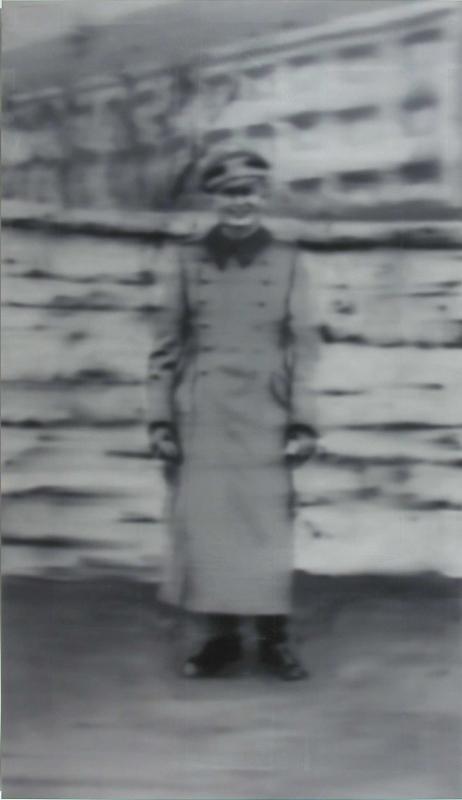Dresden, Germany, 1932. He lives and works in Cologne.
He studied painting at the Dresden Art Academy from 1951 to 1956. In 1961, just a few months before the wall is built, Richter left the GDR and went to Düsseldorf where he studied at the Art Academy from 1961 to 1963. Gerhard Richter got important stimuli for his own art when attending the "documenta" II in Kassel as early as in 1959, where mostly abstract post-war art is on exhibition. His own early work shows influences of informal art, the Fluxus movement as well as Pop-Art. Gerhard Richter is friends with Sigmar Polke and Blinky Palermo during his study years in Düseldorf. Richter, Polke and Konrad Fischer-Lueg organize an art happening called Leben mit Pop - Eine Demonstration für den Kapitalistischen Realismus (Life with Pop - A Demonstration for Capitalist Realism) in a Düsseldorf furniture store in 1963. In the frame of this event, Richter presented his Graue Fotobilder (Grey Photographs) for the first time. He is chosen as the first single artist to do the German pavilion for the Biennale in Venice in 1972. He does a series of 48 portraits, standardized images after photos of important intellectuals, such as natural scientists, philosophers, poets etc. Richter's works are shown at all Documenta - exhibitions V to X. Numerous further exhibitions both on a national as well as an international level as well as art awards are proof of Richter being one of the most influential and successful contemporary artists.
